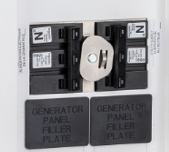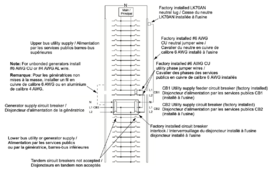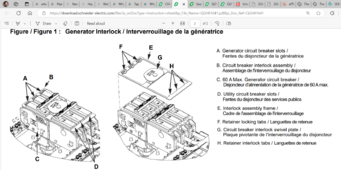hwy17
Anti-Solar Enthusiast
Schneider has a new model of home "generator" panels which are basically split bus.
But, the new models have an interlocked breaker with a switched neutral.
This breaks my brain a bit, all my DIY training has focused me on keeping the one true house neutral and ground bond system intact at all times.
Is this related to some new code or something?
Maybe I just need time to process this. Does the GN bond actually stay the same place the whole time, and you wouldn't actually notice the neutral switching?
 www.se.com
www.se.com
But, the new models have an interlocked breaker with a switched neutral.
This breaks my brain a bit, all my DIY training has focused me on keeping the one true house neutral and ground bond system intact at all times.
Is this related to some new code or something?
Maybe I just need time to process this. Does the GN bond actually stay the same place the whole time, and you wouldn't actually notice the neutral switching?
CHGP605638100 - Generator panel, Homeline, 68 spaces, 100A main breaker, NEMA1, CSA | Schneider Electric USA
Schneider Electric USA. CHGP605638100 - Generator panel, Homeline, 68 spaces, 100A main breaker, NEMA1, CSA.








